Given the response and discussion around last week’s post on the D600, I invited pal Ben Pitt back to share another hands on review of a camera that has been competing for eyeballs: the GH3. Since the introduction of the Lumix DMC-GH1 back in 2009, the GH-series’ has been gobbling up mindshare for photographers looking for some great technology in a tightly sized and affordable package. I’m a big ol’ fan of the mirrorless category of cameras of late…seems that all the manufacturers are making massive leaps to give us astounding quality in small packages (I’m currently playing with the Olympus OM-D EM-5 and loving it…and did a run-down on the mirrorless category — Sony, Olympus, Panasonic, Leica, Fuji — a few weeks ago here). But now, let’s let Ben do a deep dive on the Panasonic GH3 below. Take it away… -Chase
Thanks Chase. Panasonic has long been the maverick outsider of digital cameras – consumers have long been not quite sure where it fits into their lexicon – but with the GH3 it looks like it’s lining up to join the establishment. Reviewers have been falling over each other to heap praise on this camera, and it’s easy to see why.
The GH3 is bristling with the right sockets, buttons, levers and dials, an articulated screen and a large, high-resolution electronic viewfinder. Autofocus is startlingly quick, and being able to place the autofocus point anywhere in the frame via the touchscreen is a major advantage that conventional SLRs can’t match. There’s 4fps burst shooting with continuous autofocus, rising to 5.6fps with fixed focus, and a large buffer for sustained quick-fire operation. A PC sync socket and optional battery grip demonstrate that this is a reasonably serious photographer’s tool.
Image quality is a big improvement over previous Panasonic Micro Four Thirds cameras, and broadly on a par with the Nikon D7000 for noise and details. However, it’s the video mode that really shines. Its videos are incredibly sharp, and there’s less moiré interference than from Canon and Nikon’s SLRs. They can’t match the GH3’s smooth video autofocus, either. With full exposure control while recording, bit rates up to 72Mbit/s and frame rates up to 60p (50p in Europe), nothing else at this price comes close for video.
Nothing, that is, except its predecessor, the GH2. The GH3 makes big strides for photo quality and ergonomics, but a lot of reviewers have found that improvements in video quality compared to the GH2 are relatively subtle. That’s not a criticism of the GH3 but praise for the GH2, which has been a big hit among independent filmmakers.
I’ve been using the original GH1 since June 2009. I’ve reviewed a wide range of cameras since then, but I haven’t used anything that has tempted me to upgrade. Admittedly, the GH1 is showing its age for photo quality, particularly for noise levels. But for video, it’s very similar to the GH2 and more capable than anything else I’ve used.
However, I’ve recently been shooting with the GH3 (on loan from Panasonic), and I’m seriously tempted to upgrade. But then, the GH3 costs around $1,300 (€1,200, £1,200) and the GH1 is only fetching around $250 (€200, £170) on eBay.
That got me thinking… the GH1 is currently a phenomenal bargain for video producers. Glass tends to keep its value much longer than cameras, so are video producers who are considering the GH3 better off picking up a GH1 and spending the rest on lenses? And should I stop pining over the latest model and be content with what I’ve got?
Frustratingly, the answer isn’t as clear cut as I’d hoped.
In many of my tests, the GH1 and GH3’s videos were hard to tell apart. The GH3 had a slight advantage for sharpness and its colours were a little punchier, but there wasn’t much in it. Here’s a frame from each camera’s 1080p output, split into three to show the GH3, GH1 and Sony’s NEX-5N – another excellent camera for video, but clearly trailing here for sharpness and colour response (click the image to enlarge it and type F to expand to actual size).
Next, here’s the GH1 and GH3 again, this time set to minimum contrast in an attempt to capture as much dynamic range as possible. Both cameras excel for detail but neither of them have managed to capture anything in this over-exposed sky. Having said that, the GH1’s murky grey sky isn’t much to look at – I’d prefer to settle for the GH3’s bleached out white.
The GH1’s handling of skin tones has always bugged me, with a strange habit of vein-like bands of desaturated colours along the edge of highlighted areas. It’s pretty subtle, but having noticed it, I keep spotting it again and again. It’s just about visible in the example below, but there was no sign of it in the GH3’s output. Otherwise, there’s not much to choose between them here. If anything, the GH1’s colours are generally more flattering and noise is less pronounced.
The GH3 really starts to prove its worth in this high-contrast shot. The sky is well exposed in both cameras’ output but the GH3 has captured lots more detail in the gloomy foreground.
Boosting the shadows in editing software shows just how much more detail there is in the GH3’s output. There’s no contest.
Finally, here’s one more example, with the Nikon D600 thrown in for good measure. The D600 trails slightly for detail in the rushes at the bottom of the frame. However, the GH1’s lack of detail in the dark trees on the other side of the lake brings it to third place here. Then again, I wouldn’t consider the D600 for video because of its moiré problems, fixed aperture while recording and lousy video autofocus.
So what’s it to be? I think it’s clear that the GH3 is worth the extra for those who want the best. No other mirrorless or SLR camera can touch it for video quality. As for me, I think I’ll stick with the GH1 for now. It may struggle in high-contrast scenes but it still packs an incredible bang for its buck. And that new Panasonic 12-35mm f/2.8 lens is pretty tempting too.
You can buy the GH3 at B&H Photo here
You can rent the GH3 at Borrowlenses.com here


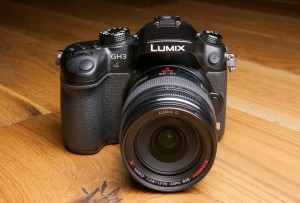
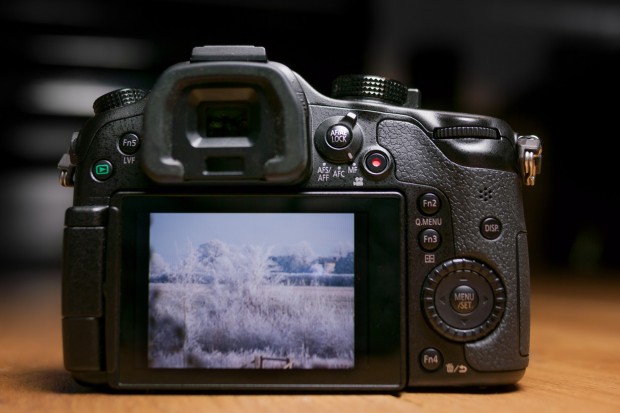
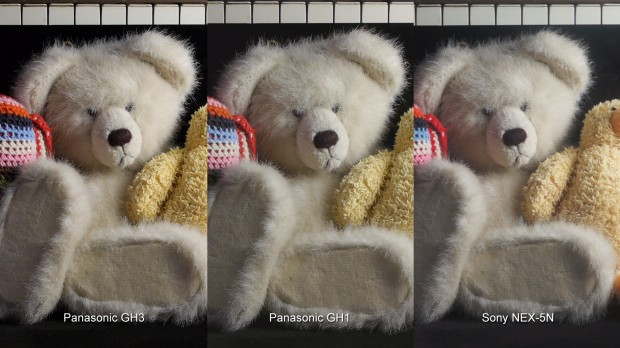
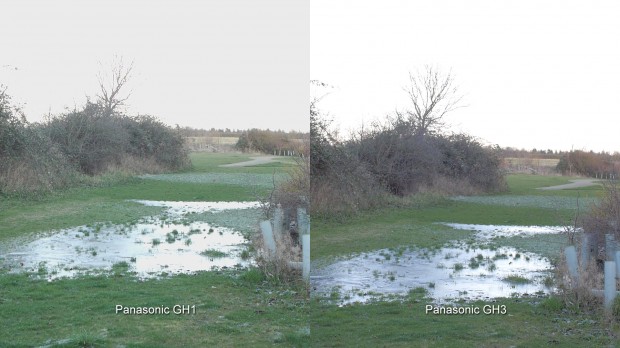
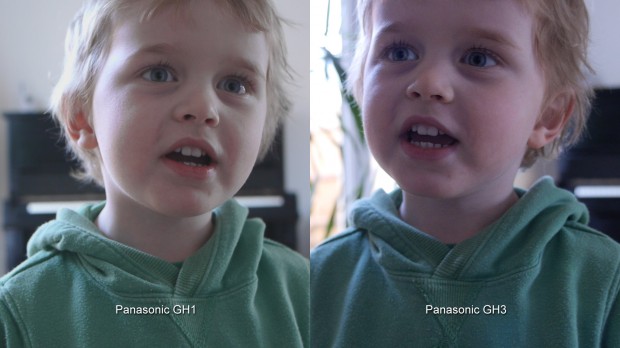
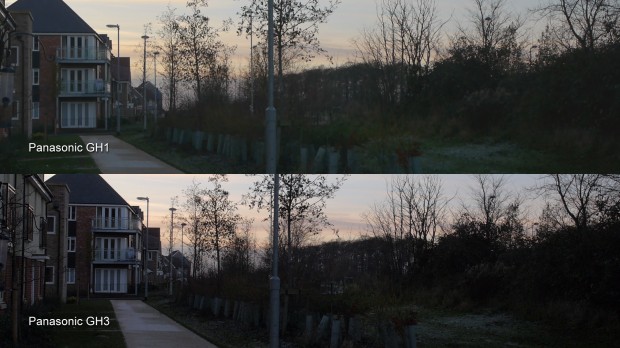
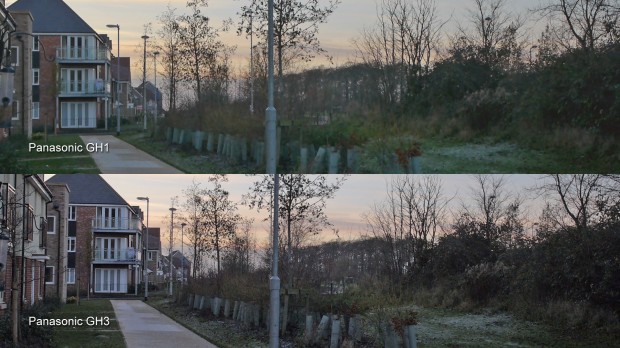
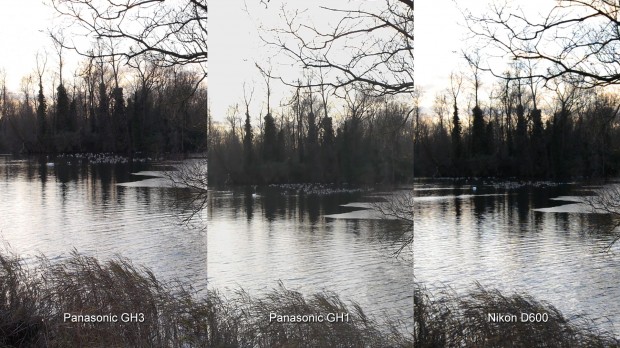













![The Best Mailchimp Alternatives For Creative Pros [2026] mailchimp logo](https://chasejarvis.com/wp-content/uploads/2025/11/mailchimp-logo-126x82.png)



I don’t care about the GH1 or GH2 or any other rubbish opinion on other cameras. We have used the others thats why I sold my GH2. I didn’t want waste my time reading an article on the others… Fuck the comparisons off and talk about the GH3. Shit review it you might as well used Fro to do the sniff test.
You appear to be an incredibly rude person. Let me ask you would you speak like this to someone’s face – pf course not. You are a sad and rather pathetic individual hiding away behind the Internet. Grow up and ask yourself why you would want to come across as such a ignorant, rude and childish individual.
Seems to perform very well according to your standards.
Good stuff…moving up camera-body wise is always a tough call. I love the GH1. Here’s a piece shot in South Africa – Motherwell Township in 2009:
http://youtu.be/K-mP7zOPWYY
I assume you have hacked your GH1 for the testing here?
but really great article!
Yes, my GH1 is hacked. Doing so gave a massive boost to picture quality (the out-of-the-box 14Mbit/s encoding is way too low).
As bad luck would have it, since I wrote this blog post I’ve been having problems with the hacked GH1 exceeding its buffer/data throughput when shooting very complex scenes such as falling snow. That’s something I’ve not encountered before, but I generally shoot much cleaner, simpler scenes. That’s yet another reason to tempt me to upgrade to the GH3. It’s much more reassuring to be able to get the best quality picture without having to resort to unofficial hacks.
I wonder how the hacked version of the GH2 would perform in your test.
Me too… sadly I didn’t have the GH2 available for testing. When I reviewed the GH2 back in 2010 I found video quality between the GH1 and GH2 to be virtually identical. Judging by what I’ve seen in other online comparisons, the GH3’s improved dynamic range holds true compared to the GH2 too.